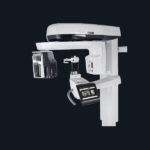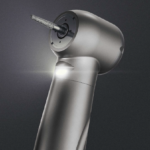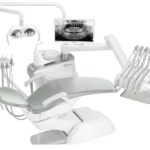
A biopsy test can help a doctor to diagnose a certain disease in a hospital or medical care center.
A biopsy is a procedure during which a doctor or health care provider will remove a piece of tissue or sample of cells from the body of the patient so that they can test it in a laboratory.
Moreover, a patient can biopsy if they are experiencing certain signs and symptoms or if the health care provider identifies an area of concern.
Furthermore, with the help of a biopsy test, it can help find whether the patient has cancer or another medical conditions.
It is important to note that imaging tests like Ct scans, or MRIs are also helpful in detecting masses or irregular tissues.
However, they alone are unable to tell the difference between cancerous cells and cells that are not cancerous.
For most cancer, the only way to make a diagnosis is to perform a biopsy to collect cells for closer examination.
Keep on reading to learn more about biopsy tests in detail.
Purpose of Biopsy Test
If a patient is experiencing symptoms that are normally associated with cancer, and the doctor is locating an area of concern, they can order a biopsy test.
This will help to determine if that area is cancerous or not.
Moreover, a biopsy test is the only sure way to diagnose most cancers.
While imaging tests like CT scans and X-rays can help identify areas of concern, they cannot differentiate between cancerous and noncancerous cells.
It is important to note that biopsies are typically associated with cancers.
However, just because a doctor orders a biopsy does not mean that a patient has cancer.
Doctors can use biopsies to test whether abnormalities in the body of the patient are due to cancer or other conditions.

For instance, if a woman has a lump in her breast, an imaging test can help confirm the lump.
But a biopsy is the only sure way to determine whether it is breast cancer or another noncancerous condition like polycystic fibrosis.
Furthermore, there are different types of biopsies.
The doctor can choose the type to use depending on the condition and the area of the body that needs closer review.
Whatever the type, the doctor will give local anesthesia to numb the area where they will make an incision.
Let’s learn about the types of biopsies in detail.
Bone Marrow Biopsy Test
Inside some of the larger bones, like the hip or femur in the leg of the patient, blood cells produce a spongy material: marrow.
In case a doctor suspects that there are problems with your blood, the patient will need to undergo a bone marrow biopsy.
This test can help single out both cancerous and noncancerous conditions like:
- leukemia
- infection
- lymphoma
Moreover, this test can help to check if cancer cells from another part of the body have spread to the bones of the patient.
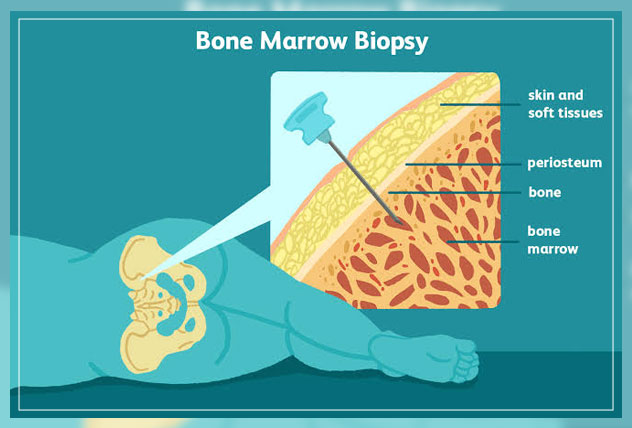
Bone marrow is most easily accessed using an al long needle that the doctor will insert into the hipbone.
Your doctor can perform this type of biopsy either in a hospital or their office.
The insides of the bone of the patient cannot b numbed, so in some cases, they may feel a dull pain during this procedure.
However, others may only feel an initial sharp pain as the doctor will inject the local anesthetic.
Learn more about Dental Loupes: Types and Benefits here.
Endoscopic Biopsy
Endoscopic biopsies help to reach tissue inside the body of the patient in order to gather samples from places like the bladder, colon, or lung.
During this procedure, the doctor will use a flexible thin tube: An Endoscope.
The endoscope has a tiny camera and a light at the end.
With the help of a video monitor, the doctor is able to view the images.
Moreover, with small surgical tools that the doctor will insert into the body with an endoscope, using the video, the doctor can guide these to collect a sample.
The endoscope can be inserted through a small incision into the body of the patient or through an opening in the body.
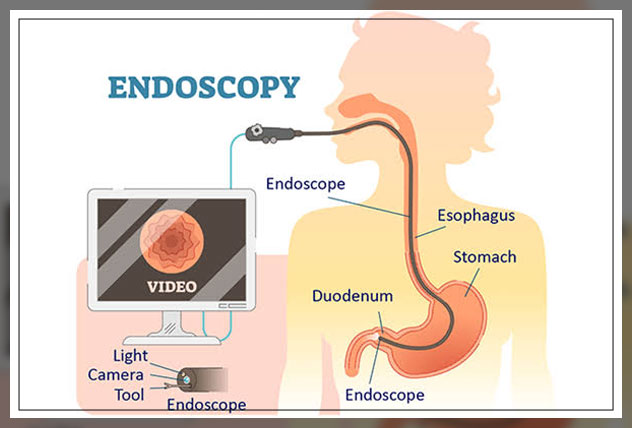
These can include the mouth, nose, rectum, or urethra.
Furthermore, endoscopies normally take from 5 to 20 minutes.
The doctor can perform this procedure either in the hospital or in their office.
Afterward, the patient may feel mildly uncomfortable or have bloating, gas, or a sore throat.
However, these tend to pass in time.
But if the patient is concerned about aftercare, they should contact their doctor.
Learn more about Mammogram Screening here.
Skin and Surgical Biopsy
In case a patient has a skin rash or lesion on the sin which is:
- suspicious for a certain condition,
- does not respond to therapy prescribed by the doctor,
- or the cause is unknown
The doctor can order to perform a biopsy of the involved area of the skin.
Moreover, they will perform this procedure by using local anesthesia and remove a small piece of the area with a razor blade, a scalpel, or a small, circular blade: punch.
Then they will send the specimen to the lab to look for evidence of conditions like infection, cancer, and inflammation of the skin structures or blood vessels.
In some cases, a patient may have an area of concern that the doctor is unable to safely or effectively reach using the methods above.
Or the results of other biopsy specimens have negative results.
An example can be a tumor in the abdomen near the aorta.
In such a case, a surgeon may need to get a specimen using a laparoscope or by making a traditional incision.
Types of Skin Biopsy
Skin biospy procedures can include the following:
Shave Biopsy: During this, the health care provider will use a tool such as a razor to scrape off the surface of the skin.
Punch Biopsy: During this, the doctor will use a circular tool that will help to remove a small section or small sample of tissue and of the deeper layers of the skin of the patient.
Incisional Biopsy: During this, the provider will use a scalpel to remove a small area of the skin.
Whether the patient receives stitches to close the biopsy site depend on the type of procedure, on the amount of skin the doctor will remove.
Excisional Biopsy: During this procedure, the doctor will remove the entire lump or area of the skin that the doctor finds suspicious.
Moreover, the patient is likely to receive stitches to close the biopsy site.
Furthermore, the doctor can give a local anesthetic before the procedure to numb the biopsy site.
Learn more about Surgical Suture Material and Classification here.
Needle Biopsies
Needle biopsies will help to collect skin samples or any tissue that is easily accessible under the skin.
The different types of needle biopsies are as follows:
Core Needle Biopsy uses a medium-sized needle to extract a column of tissue, in the same way, that the doctor can take core samples from the earth.
Fine Needle Biopsy or Fine Needle Aspiration uses a thin needle that is attached to a syringe, allowing fluids and cells to be drawn out.

Image-Guide Biopsy is guided with imaging procedures like X-ray, or CT scan.
Moreover, doctors can access specific areas like the lungs, liver, or other organs with the help of imaging scans.
Vacuum-assisted Biopsy uses suction from a vacuum to collect cells.
Learn more about Medical Diagnostic Imaging here.
Follow-up after a Biopsy
After the doctor takes a sample, they will need to analyze it in a lab.
In some cases, they can do this analysis at the time of the procedure.
More often, however, they will need to send the sample to the laboratory for testing, and the results can take anywhere from a few days to a few weeks.
Once the results arrive, the doctor will ask the patient for a follow-up appointment to share the results and discuss the next steps.
Or in some cases, they can also call you to share the results.
In case the results show signs of cancer, the docotr will be able to tell the type of cancer and level of aggression from the biopsy of the patient.

However, if the doctor takes the biopsy for some other reason than cancer, the lab report should be able to guide the doctor in diagnosing and treating that condition.
When the results are negative, but the suspicion of the doctor is still high either for cancer, or other conditions, the patient may need another biopsy or a different type of biopsy.
The doctor will be able to guide the patient as to the best course of action they can take.
If the patient has any questions about the biopsy before the procedure or about the results, they should not hesitate to talk with the doctor.
They may also want to write down their questions and bring them along during the next office visit and ask the doctor.
Conclusion
In case a doctor decides that they need a sample of the tissue or cells of the patient to help diagnose an illness or identify cancer, a biopsy test can help.
Patients may find the term biopsy scary, however, it is important to note that it is a pain-free and low-risk procedure. Depending on the situation of the patient, a piece of the skin, tissue, organ, or suspected tumor will be surgically removed and sent to the lab for testing.


